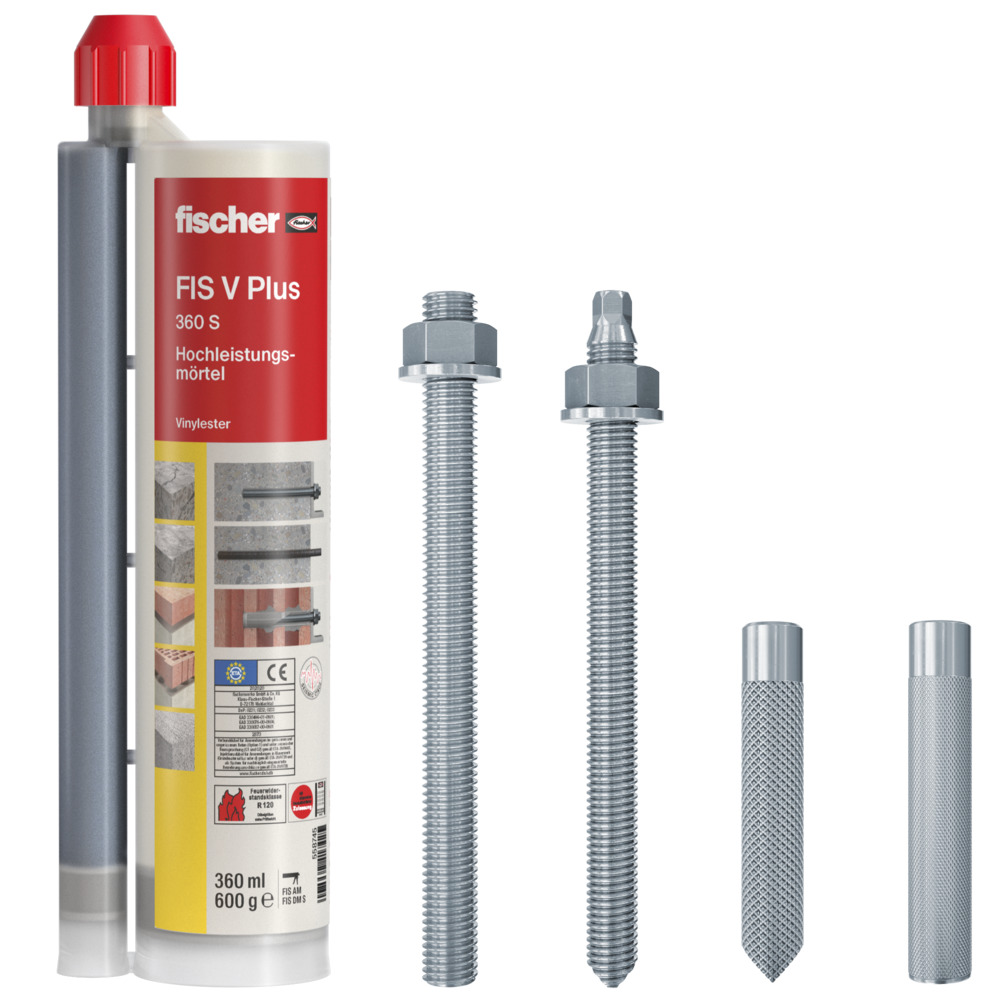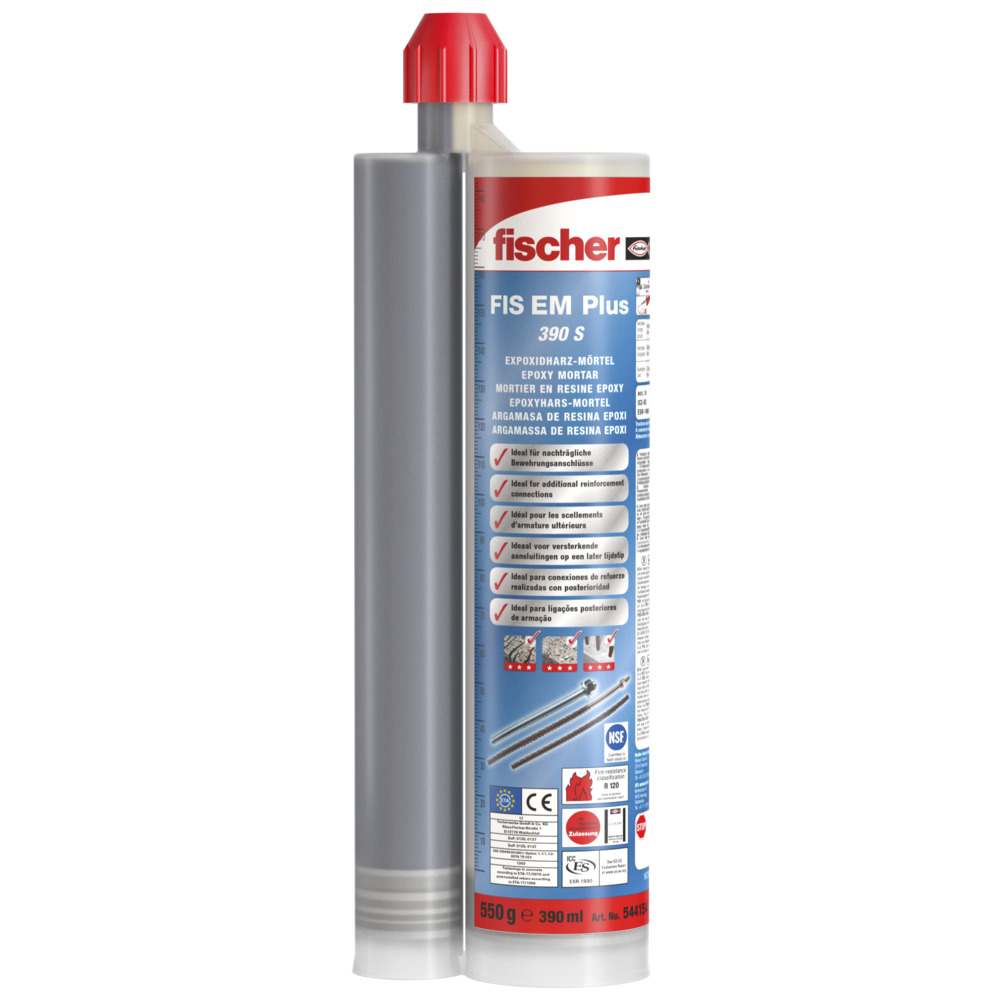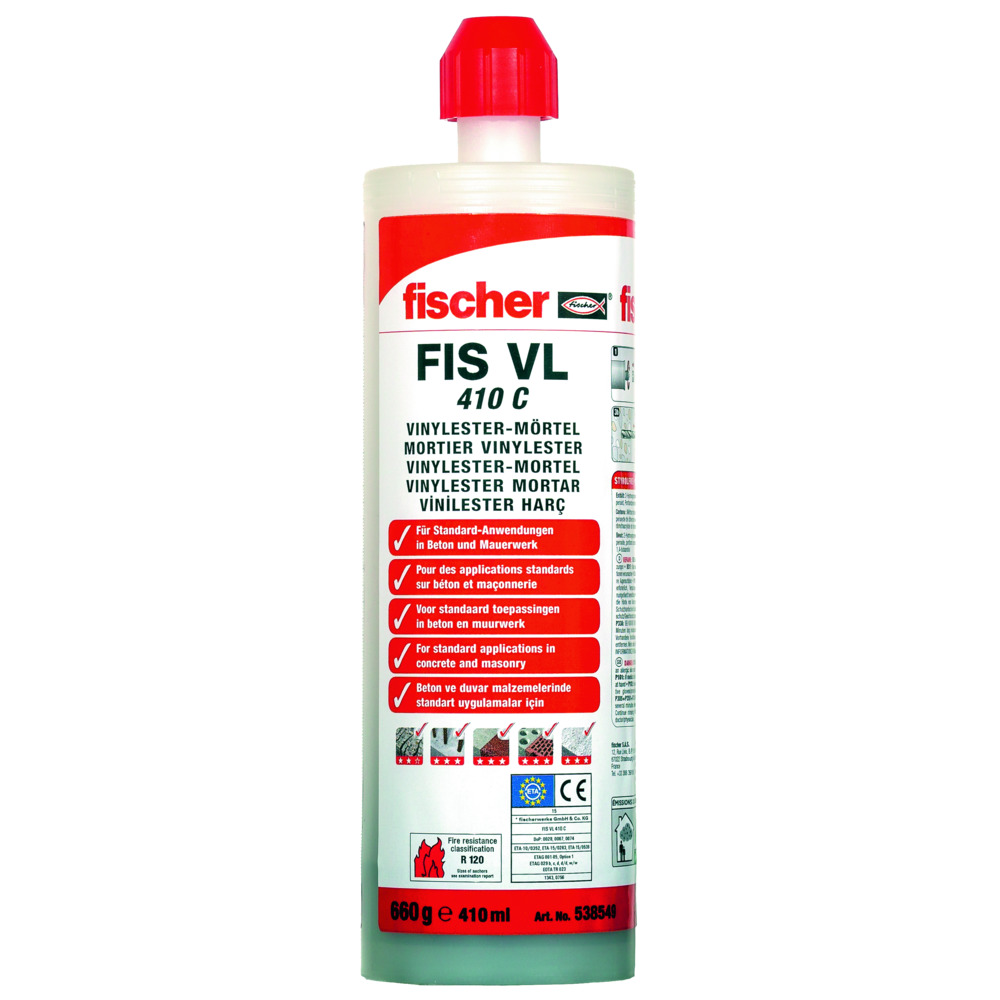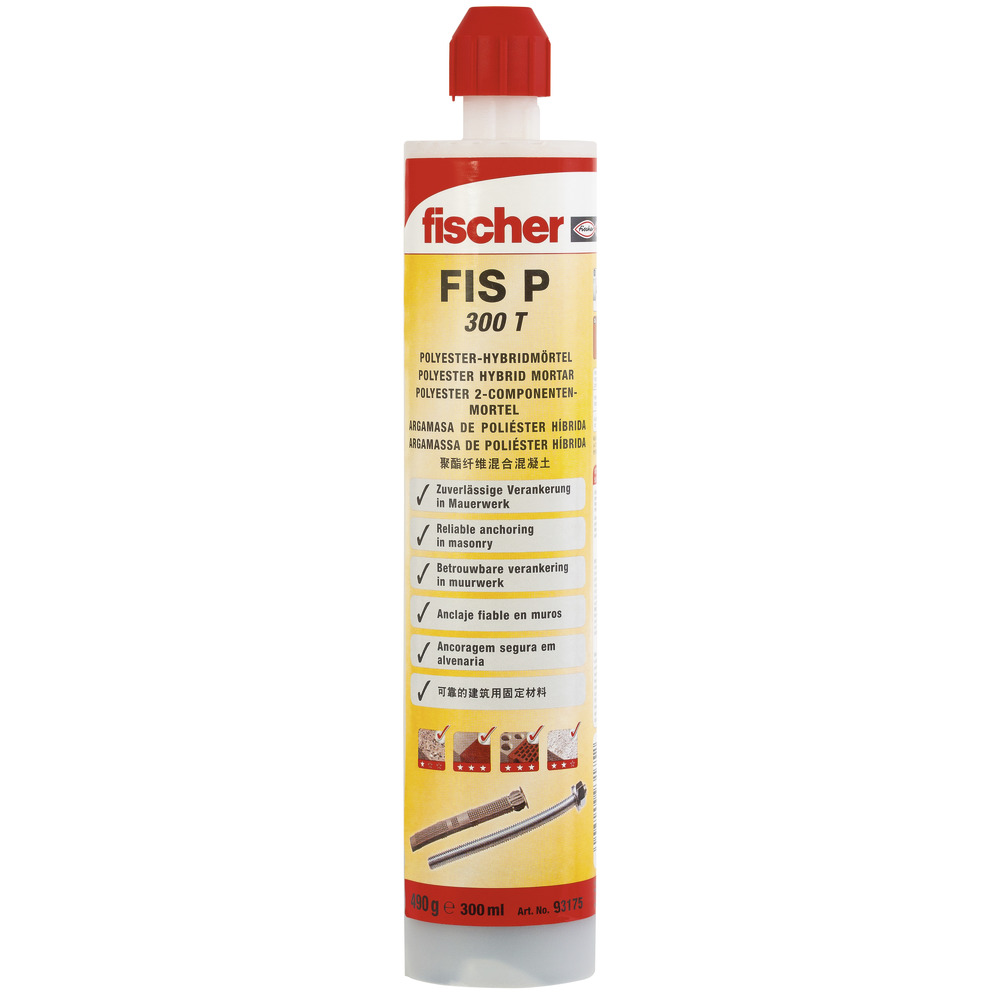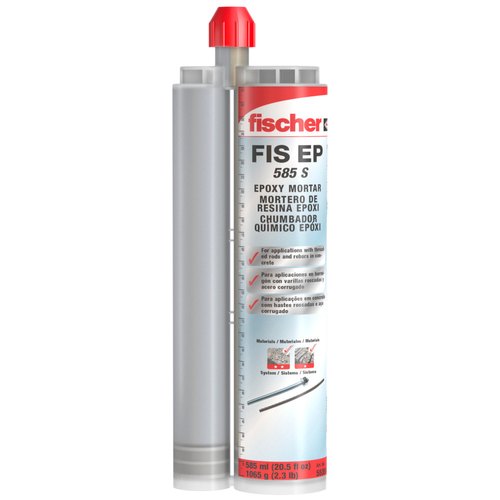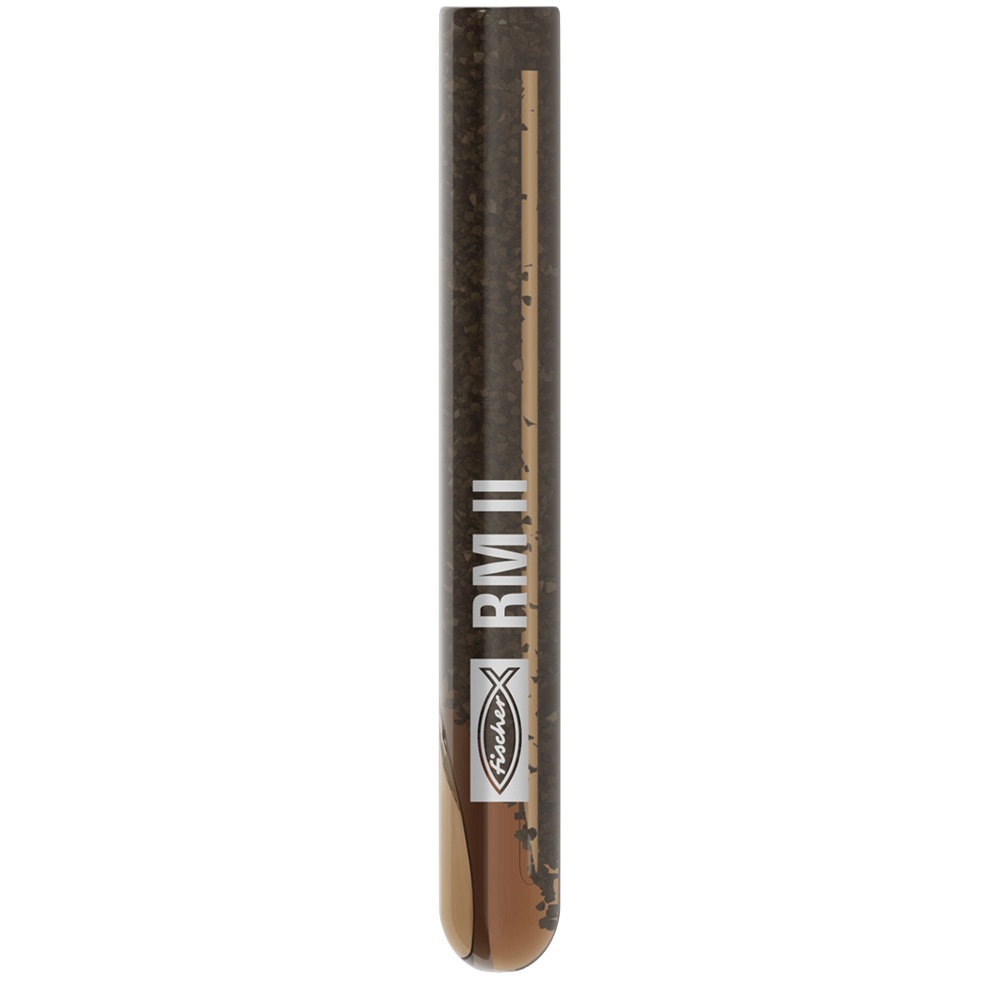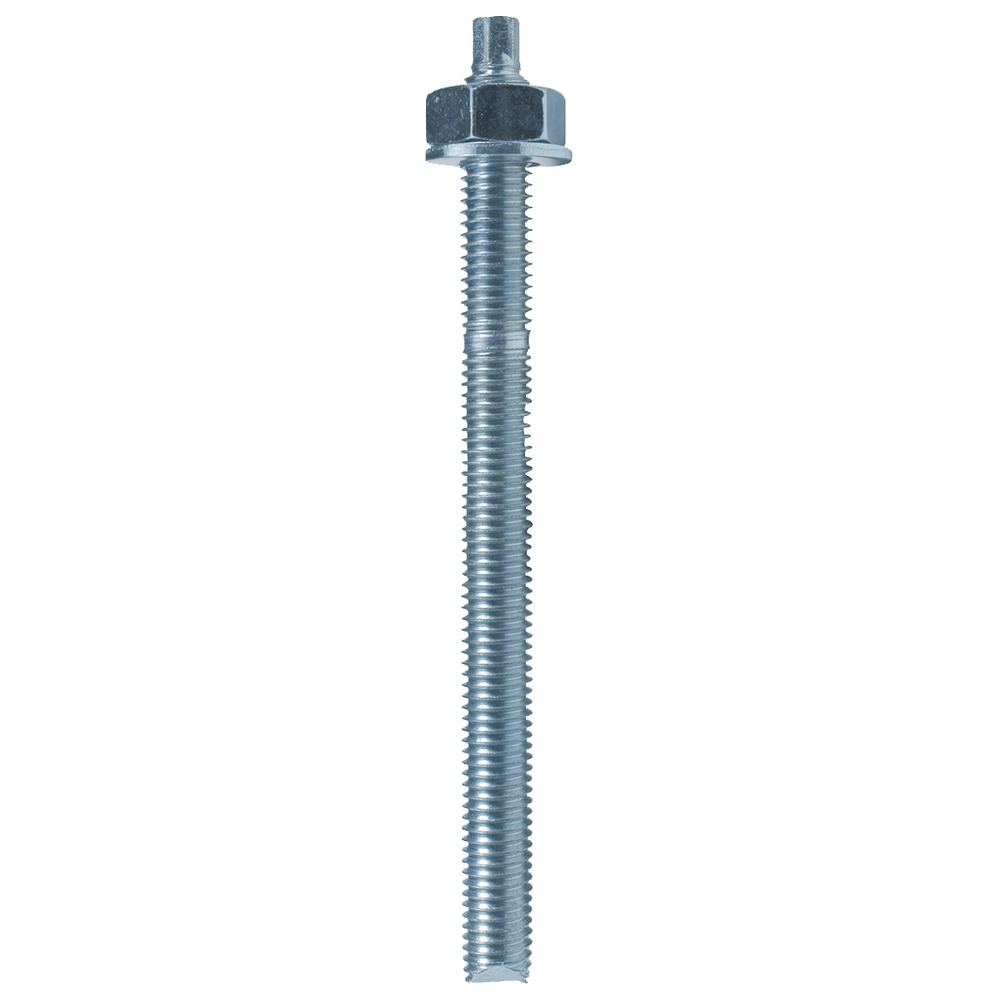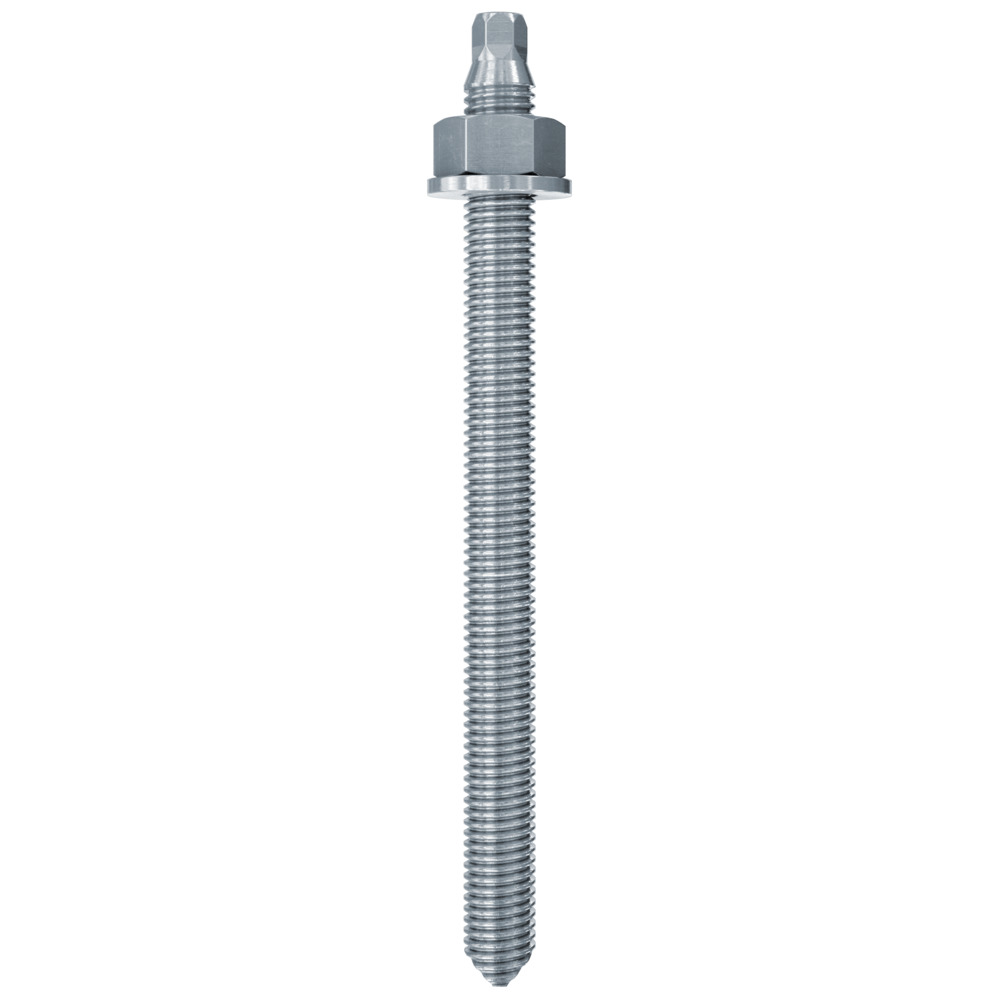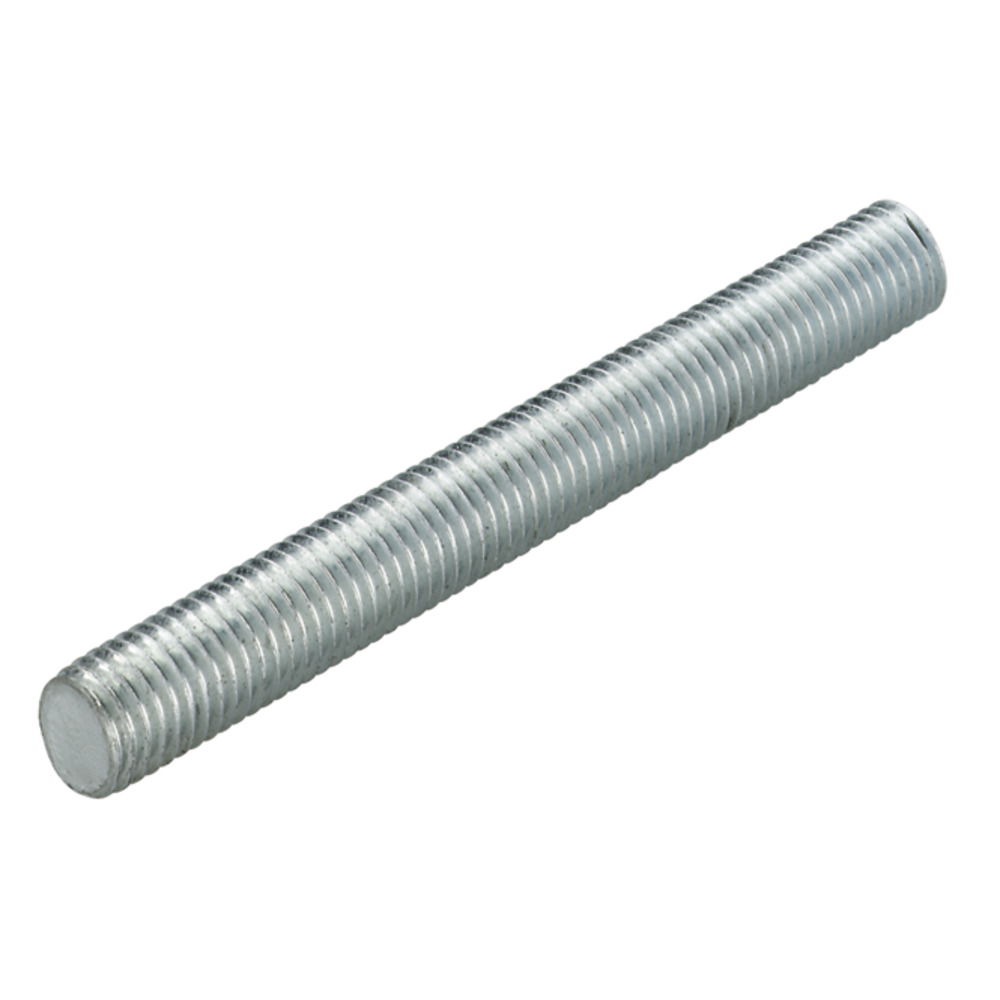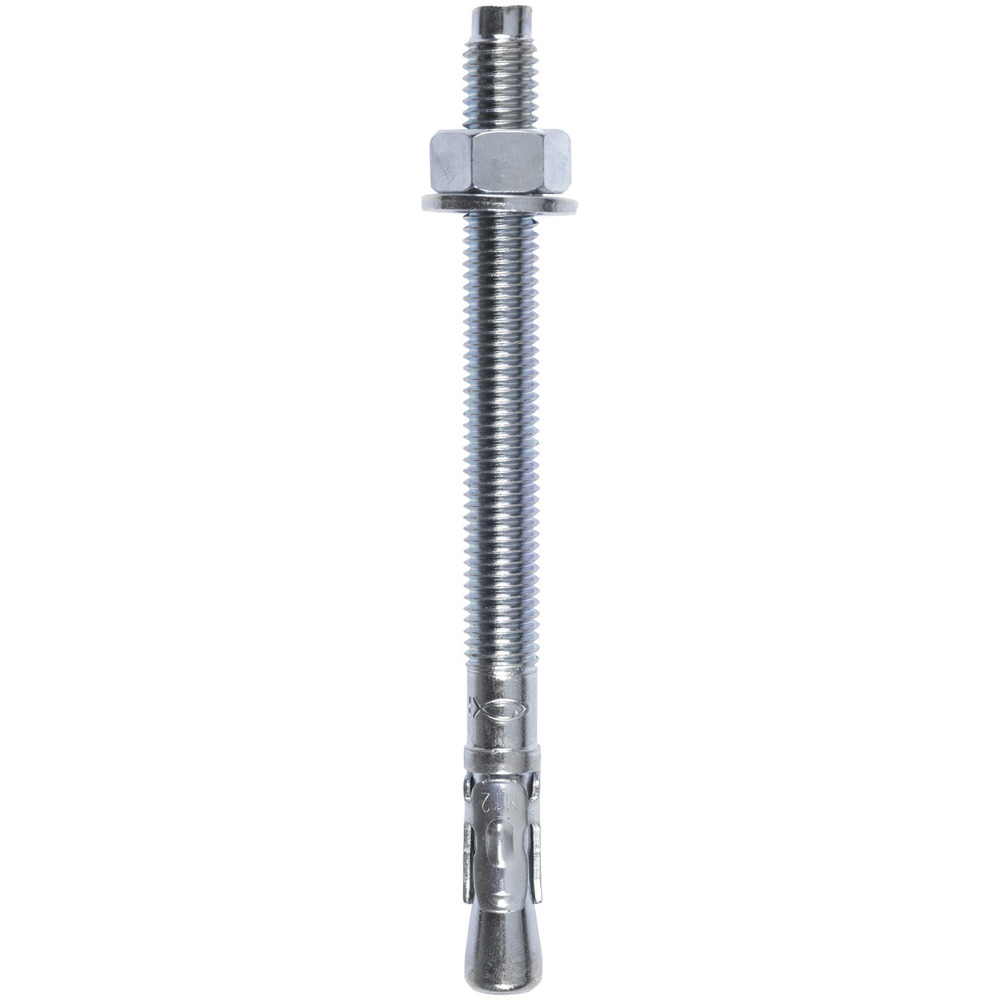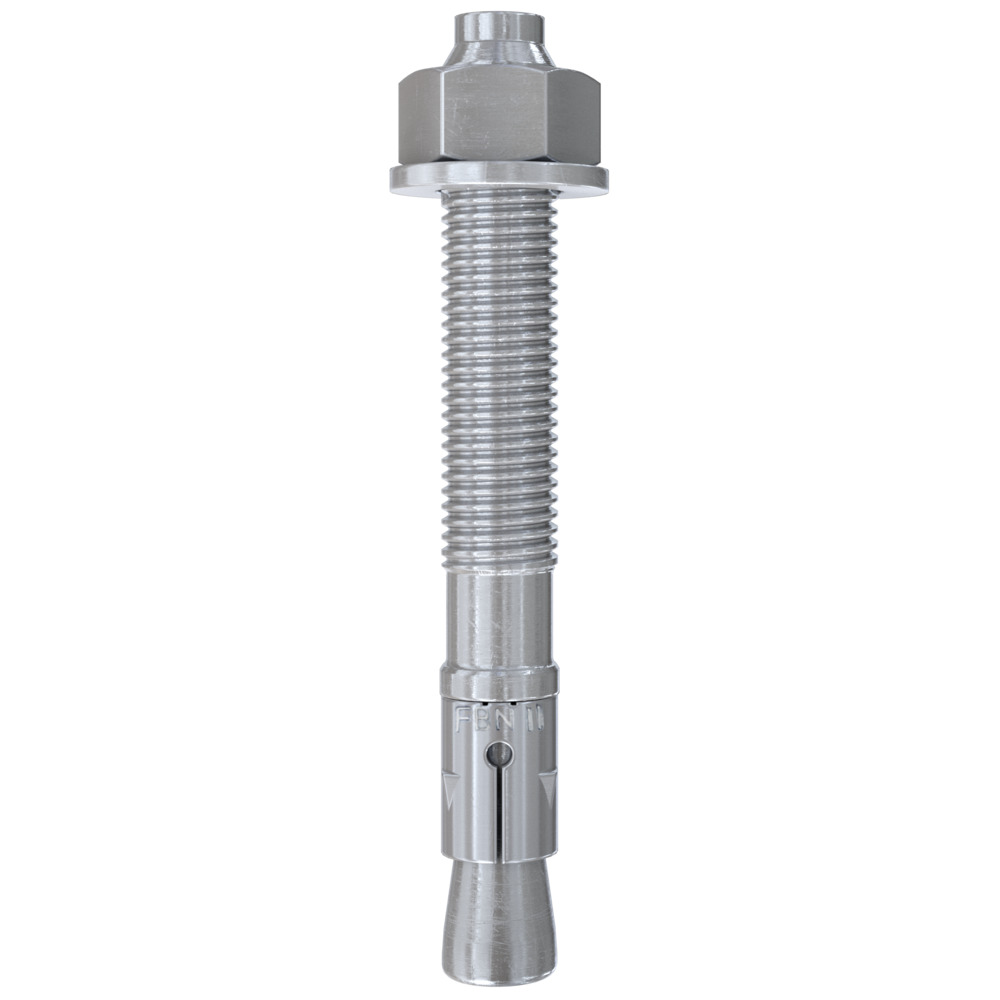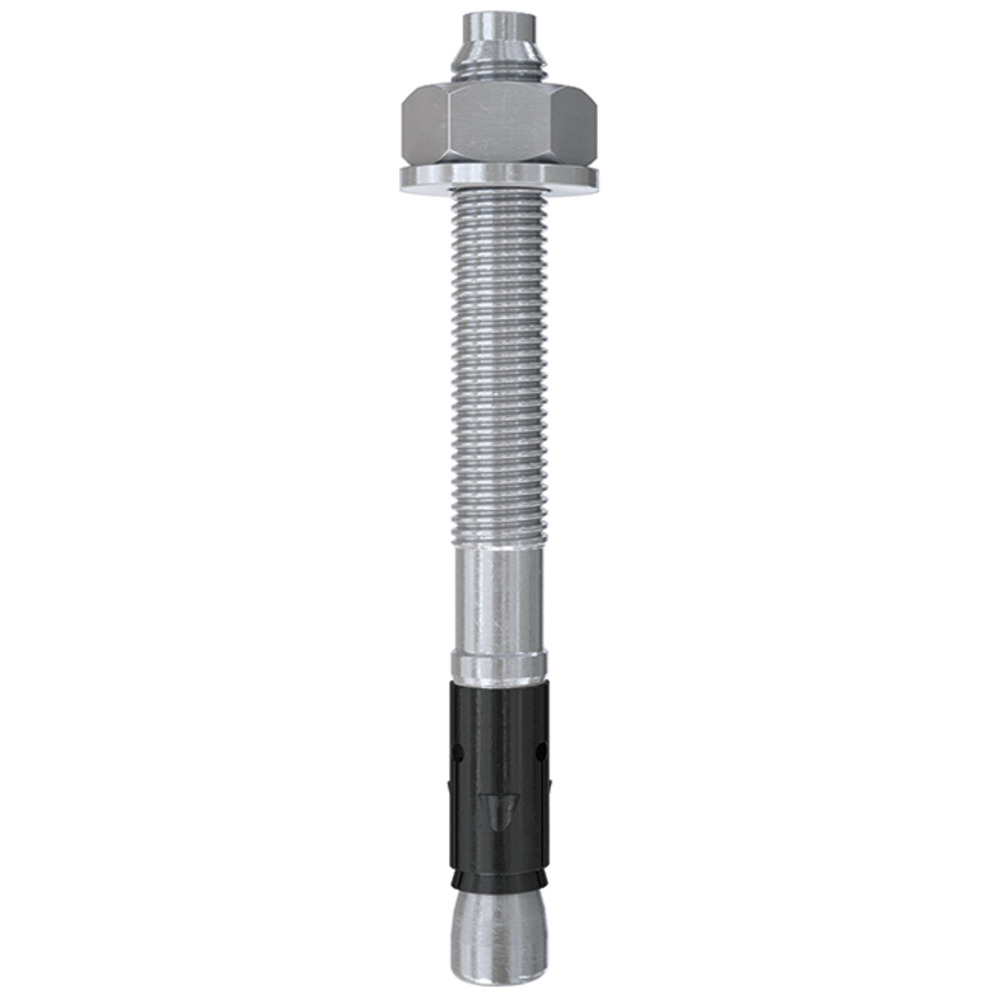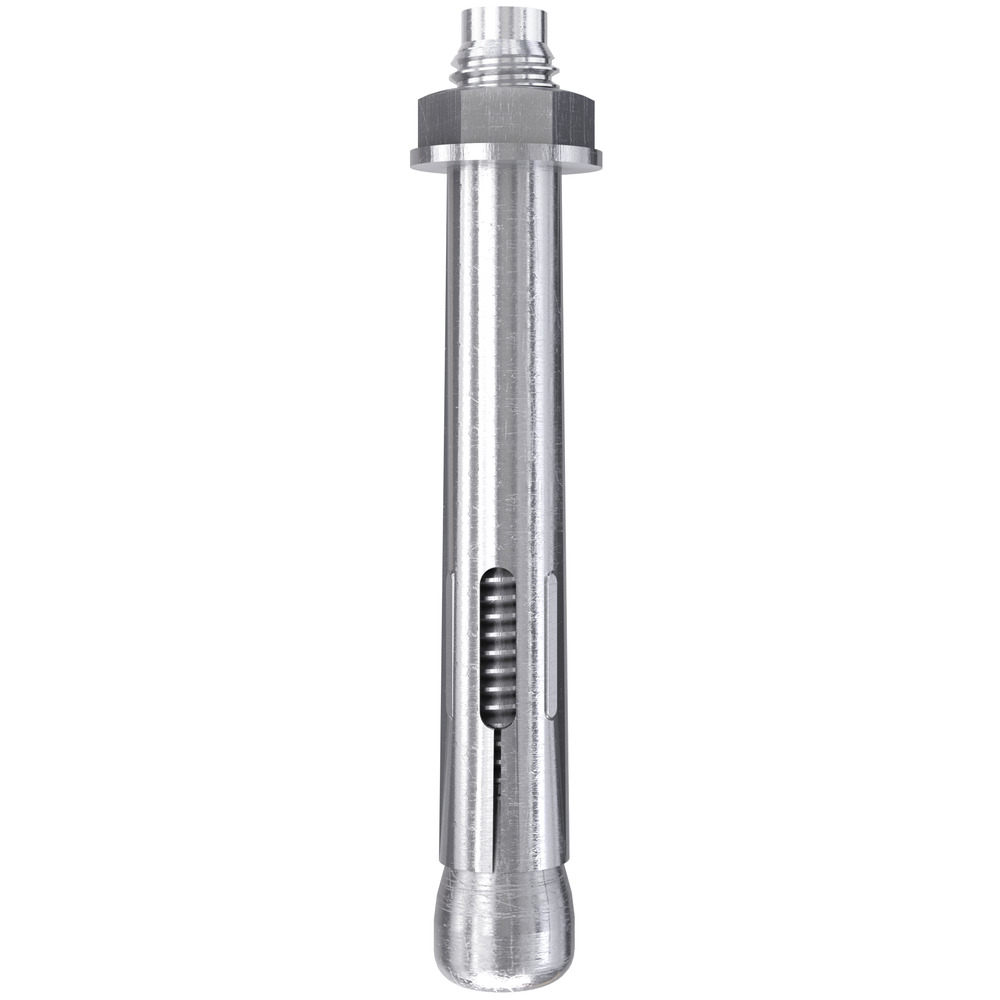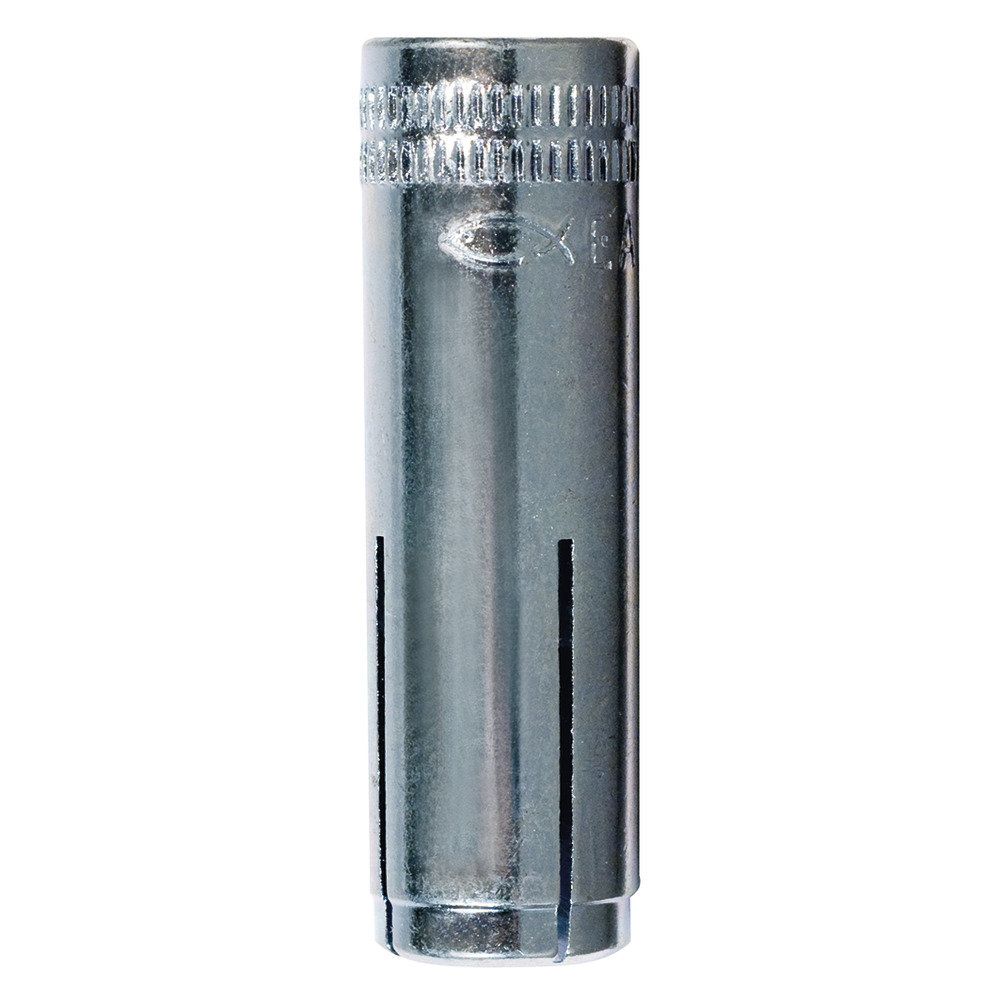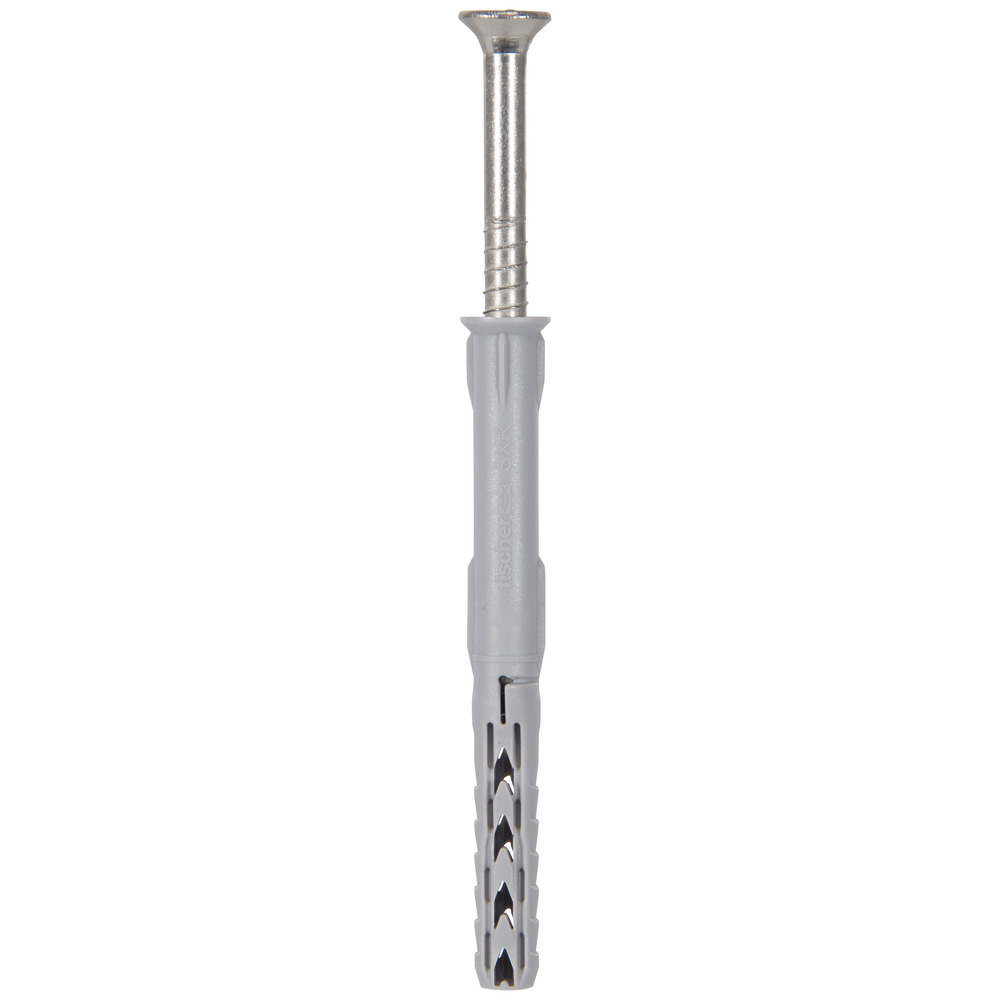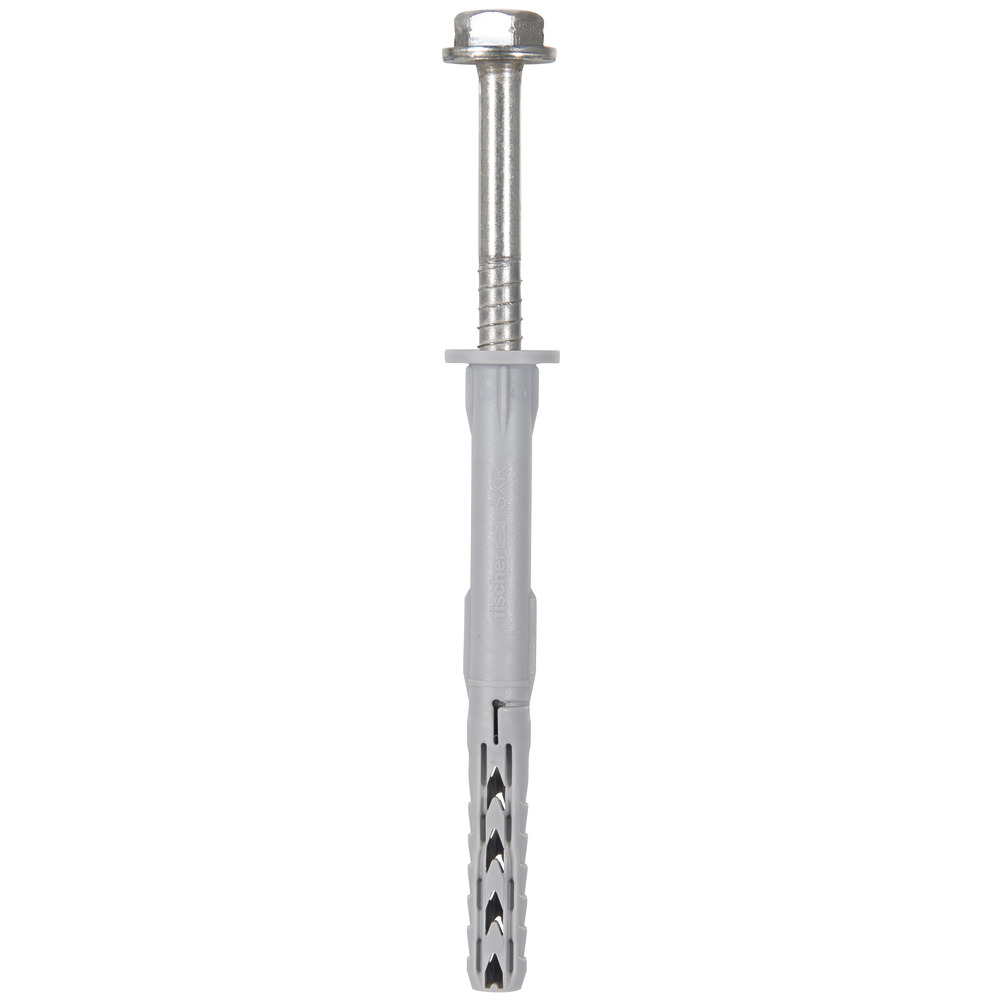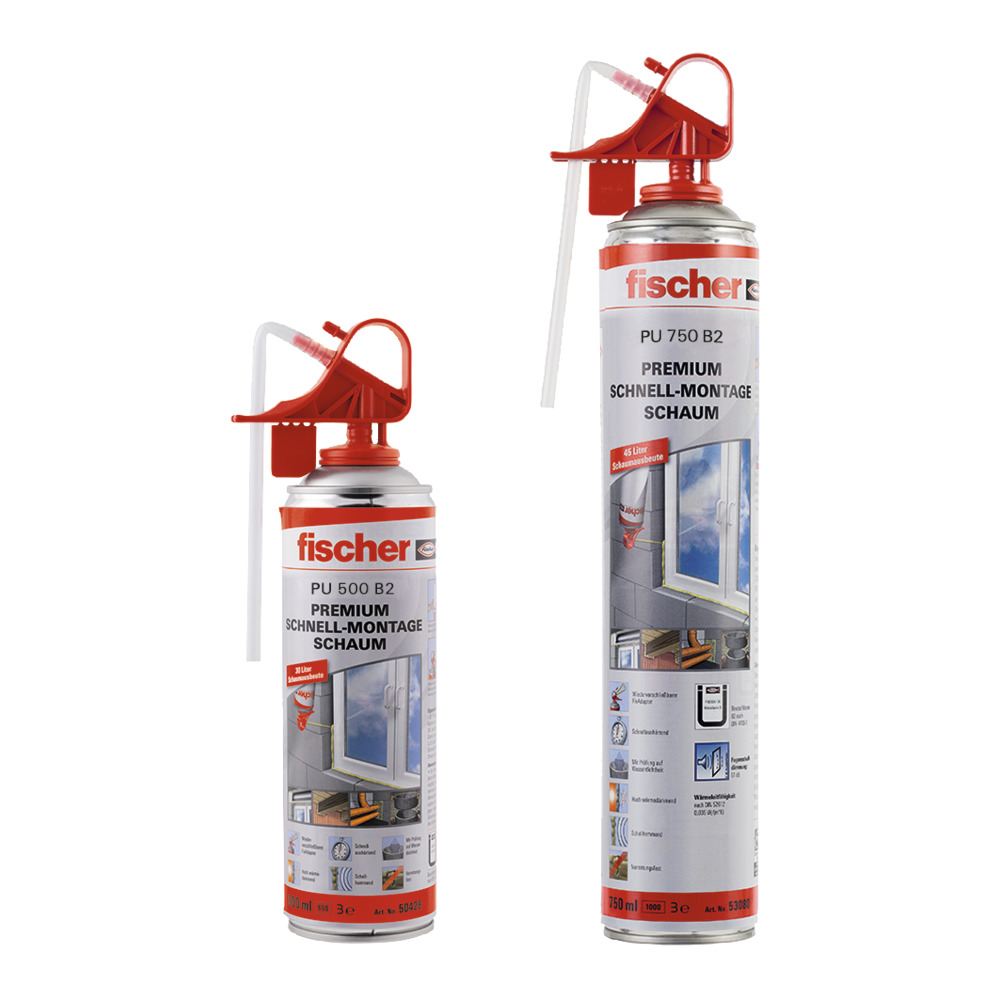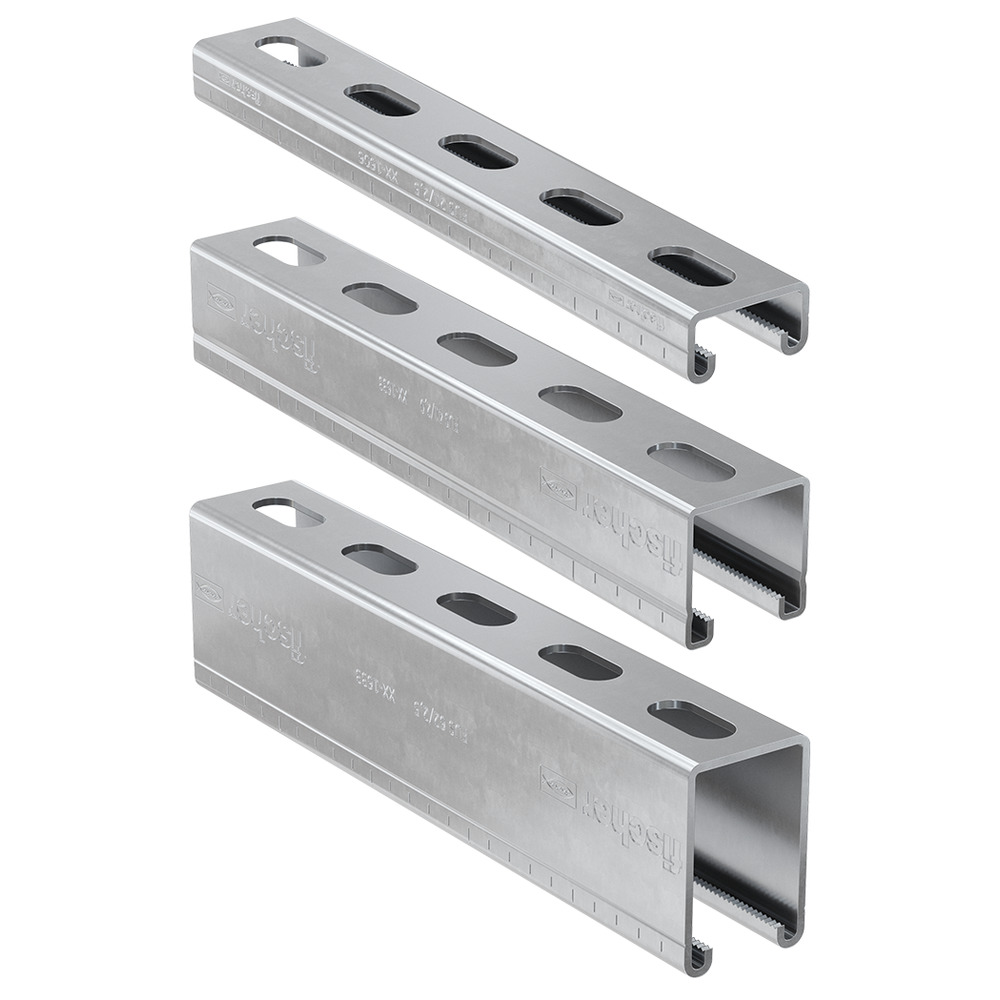
CHEMICAL ANCHOR
Chemical anchoring is a technique for fastening to concrete and similar substrates that provides more flexibility than mechanical anchoring.
A mechanical anchor, such as a sleeve anchor, Mechanical Anchor, wedge anchor or drop-in anchor, is inserted in the concrete and expands upon tightening. This expansion causes the anchor to grip the wall of the hole and provide an extremely strong hold. Whilst being a very popular and economical option, there are, however, some limitations.
With chemical anchoring, a resin is injected into the hole prior to insertion of the stud. With this, the chemical naturally fills in all irregularities and therefore makes the hole airtight and water proof, with 100% adhesion.
And with mechanical anchors, each predetermined size—length (embedment) and diameter—has its own load capacity limits. Chemical anchors have virtually unlimited embedment depth, so you can embed any length of rod into the hole to increase the load capacity. And if you choose to use a larger-diameter hole with a thicker rod, you increase load capacity again.
Chemical anchors —also known as chemical studs—can also be placed towards the edge of concrete substrates and through masonry block. The non-expanding nature of a chemically-held rod drastically reduces the chance of the surrounding concrete cracking. This is very good for securing railings close to edge, or concrete stairs, and similar applications. Finally, chemical anchoring gives you the opportunity to make slight adjustments to the stud’s alignment during the chemicals open working time.


